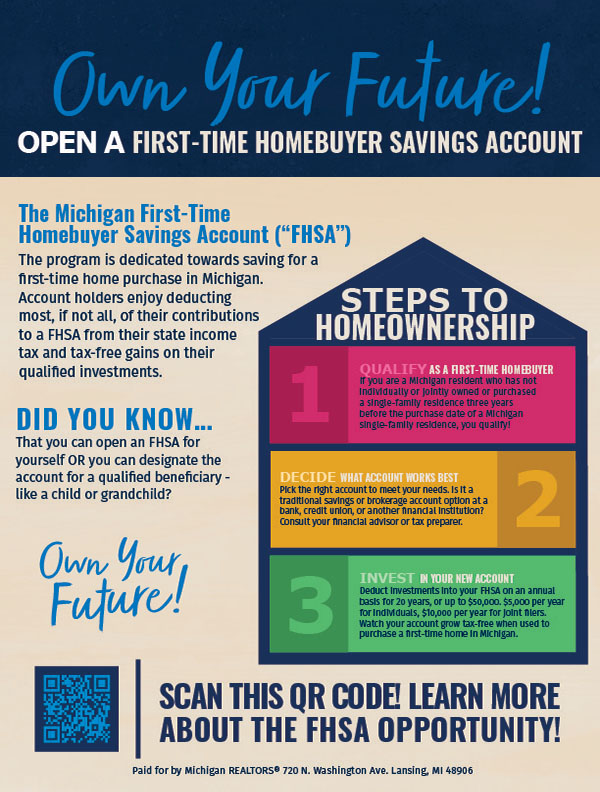Having an open house is the exciting part of selling a home, but let’s face it: It takes a lot of work to get there.
Once you’ve made repairs, picked a real estate agent, and decided on an asking price, your home is almost ready for market—but first, how about a little primping and polishing? Or maybe a lot of primping and polishing. This is where an open house for potential buyers comes into play.
After all, you want your home and your open house to make a great first impression on buyers—and that’s where we can help. To host an open house and show your home in the best possible light, it’s worth listening to these savvy seller tips and step-by-step advice.
HOME SECURITY DURING AN OPEN HOUSE
When you’re just living in your home, a bit of clutter is business as usual—but for a buyer, a mess can spell doom.
You know the drill: video game cartridges in the bathroom, toolbox in the kitchen, tuxedo shirt inexplicably in the garage. But know this as a first-time seller: All this disorder can be deadly during an open house.
That’s because clutter can make even spacious real estate look cramped and dirty, distracting from a home’s assets and putting off potential buyers, says Darbi McGlone, a Realtor with Jim Talbot Real Estate in Baton Rouge, LA.
Smart open house ideas include paring down your belongings, by going room by room and boxing up anything you haven’t used or worn in at least six months.
What’s that you say? There’s nothing you’re not using? Try anyway—it’s important for an open house. You’ll probably be surprised by the stuff you won’t miss. (Bonus: You’ll have less to move later.)
One area where you’ll want to be merciless as you stage for an open house is your kitchen counter. Remove everything but your coffee maker, so that people (and potential buyers) will think, “Wow, such a huge kitchen!”
And to allow home buyers to really envision themselves living there, you’ll also want to depersonalize by removing items such as the framed photos, report cards on the fridge, or your kid’s collection of “Star Wars” snow globes. But don’t declutter by just stuffing those things in the closet.
“Closets often end up being the dumping ground to store all the clutter that was visible,” says McGlone. “Which is never good, because closet space is an important buying consideration. You want potential owners to be able to see the true amount of space in each closet (and buyers are going to open every door to peek inside and gauge how much real estate is in there).”
Instead, real estate agents say that it’s a good idea for sellers to stack boxes neatly in the attic, basement, or, best of all, a storage facility. The perceived extra space you add to your home could be worth the rental cost and then some.
HOME STAGING TIPS
These days, home staging is all the rage in the real estate world: On average, staged homes sell 88% faster and for a whopping 20% more than ones where home sellers just kept their furnishings in place.
And while you can hire a professional stager for your open house, you can also cop a few of their tricks and tips for free—and maybe snag a buyer fast.
For instance, hanging curtain rods higher can give the illusion of taller ceilings. Well-placed mirrors can make rooms appear bigger and brighter during an open house.
Want to go the extra step as you prepare for your upcoming open house? Paint your walls white, layer in neutrals, then add pops of color with pillows or a cashmere throw on the couch, for a cozy glow.
“I always think to move the furniture toward the walls during an open house to make it feel like there is more space,” McGlone says. Push furniture out and away from each other to open up floor space, but be careful to keep window space clear.
Conceal flaws whenever possible; if the view from a window isn’t great, put up sheer curtains so that the light comes in but the scenery stays hidden, say real estate agents.
And as with all your possessions, think “Less is more,” although stagers do sometimes strategically add furniture (such as a cozy reading chair in a bedroom corner) to give a future buyer the illusion of more space. Go figure!
TRICKS TO BOOST CURB APPEAL
Finally, it’s time to take a hard look at the outside of your house, the way a neighbor or buyer might do. After all, that’s the first thing buyers will see when they pull up, so you’ve got to work that curb appeal hard.
For starters, take a good hard look at the paint. If it’s looking dull or dingy, try power washing first.
You can rent a power washer from most home improvement stores; a good wash can take off layers of dirt that make your home look shabby.
Most professional paint jobs come with a 25-year warranty, and if you’re long past that, it may be time for a new coat.
At the very least, slapping a coat of paint on your front door will give you the most bang for your buck—because that’s what buyers will see up close before they even knock.
Door paint aside, your yard also needs to be in order. Overgrown trees can make a home seem dark and creepy. If your trees are touching any part of your house, you should scale them back. If your front lawn is lacking in shrubs and flowers, add some.
Even in winter, you can find hardy plants, such as evergreen boxwoods and holly bushes.
Also, make sure your lawn is mowed, and if you have a pool that’s open, keep it sparkling (your neighbors appreciate a pretty lawn and pool too).
“A dirty pool will remind people how much upkeep there is, even if they asked for a pool,” McGlone says.
Once you’ve gotten your home looking fantastic both inside and out, it’s time to break out your camera and spread the news (on social media, too) that it’s up for grabs: with an eye-catching real estate ad for your open-house flyers or open-house signs, of course!











